经济型轿车动力性、燃油经济性匹配设计与工程计算(含CAD图,CATIA三维图)
无需注册登录,支付后按照提示操作即可获取该资料.
经济型轿车动力性、燃油经济性匹配设计与工程计算(含CAD图,CATIA三维图)(开题报告,论文说明书12600字,车架总成及部分零件CAD图5张,CATIA三维图)
摘要
对汽车进行设计时,首先要对汽车的燃油经济性和动力性进行考虑,并对二者进行评估。评估的结果给选择怎样的优化方案、设计汽车的动力传动系统和相关部件提供了依据。同时本次设计的内容主要是确定经济型轿车的参数、对整车动力性和燃油经济性进行匹配设计计算,同时对轿车的总布置及各零件图主要用CATIA进行三维建模分析。
整车参数的设计计算,基于现有对整车参数(包括轴距、最高车速、前后轴载荷、变速形式、转向形式等)的界限及规定,达到操作稳定性、行驶平顺性、制动性能达到国家有关标准要求,确定各项参数,最后进行燃油经济性与动力性的匹配设计,达到设计要求。
关键词:燃油经济性 动力性 匹配设计 CATIA
The matching design and engineering computation of power performance and fuel economy for economical automobiles
ABSTRACT
We must grasp the relationship between the vehicle dynamic and fuel economy in automobiles at the design stage, then we should evaluate the vehicle dynamic and fuel economy. According to the results, optimization is proposed. The relationship provides the theories calculation of automobile powertrain system and the excogitation of other related component parts. The main content of this excogitation is to determine the parameters of economy car and to match the vehicle power performance and fuel economy. The car assembly drawings and parts diagram were designed by the software of CATIA.
The design calculation of vehicle parameter including wheelbase, the highest vehicle speed, the load of front and rear axle, steering form are confirmed by limits and stipulation. All of these can meet the requirements of relevant national standards.
Determine the parameters of economy car and to match the vehicle power performance and fuel economy at last.
Key Words: Fuel Economy ; Dynamic Property ; Match Design ; CATIA ;
Three-Dimensional Models
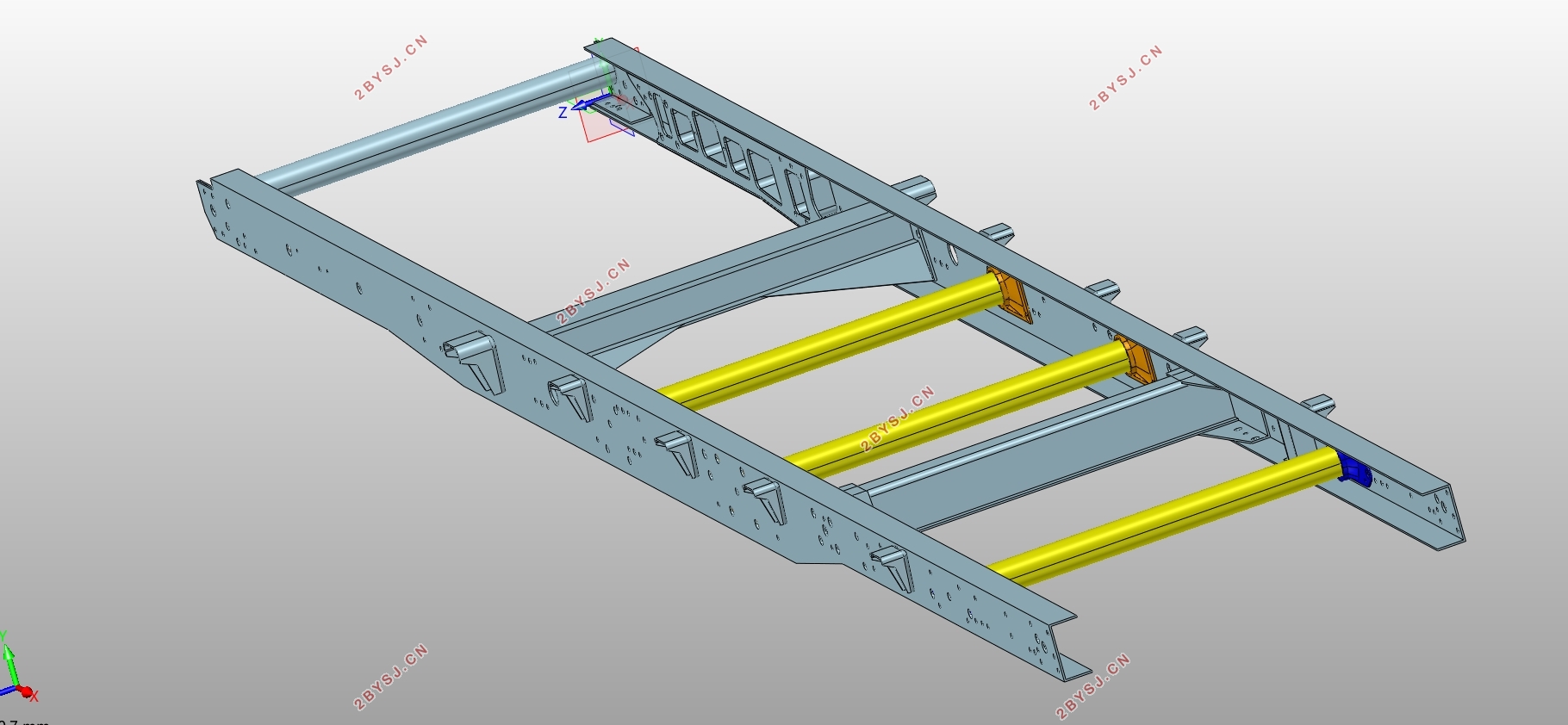
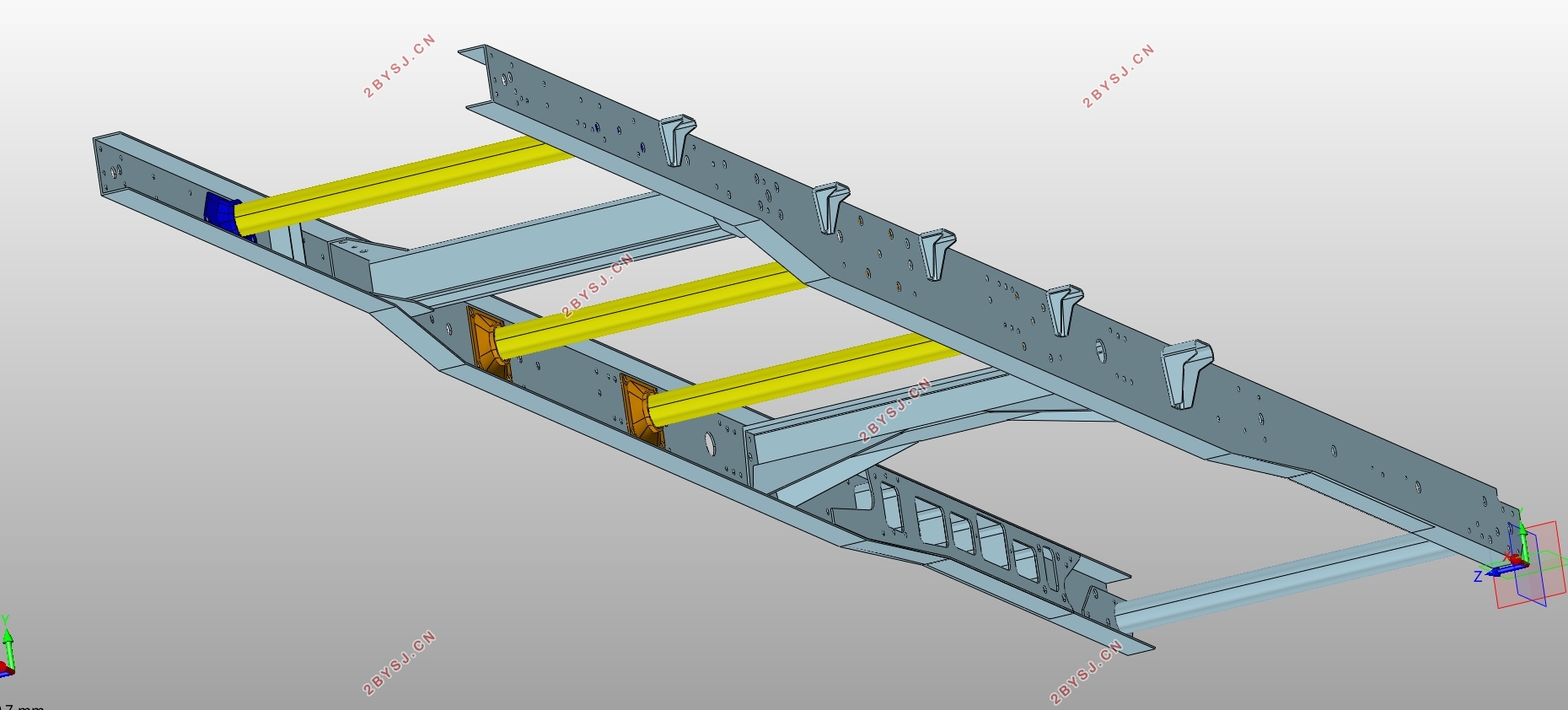
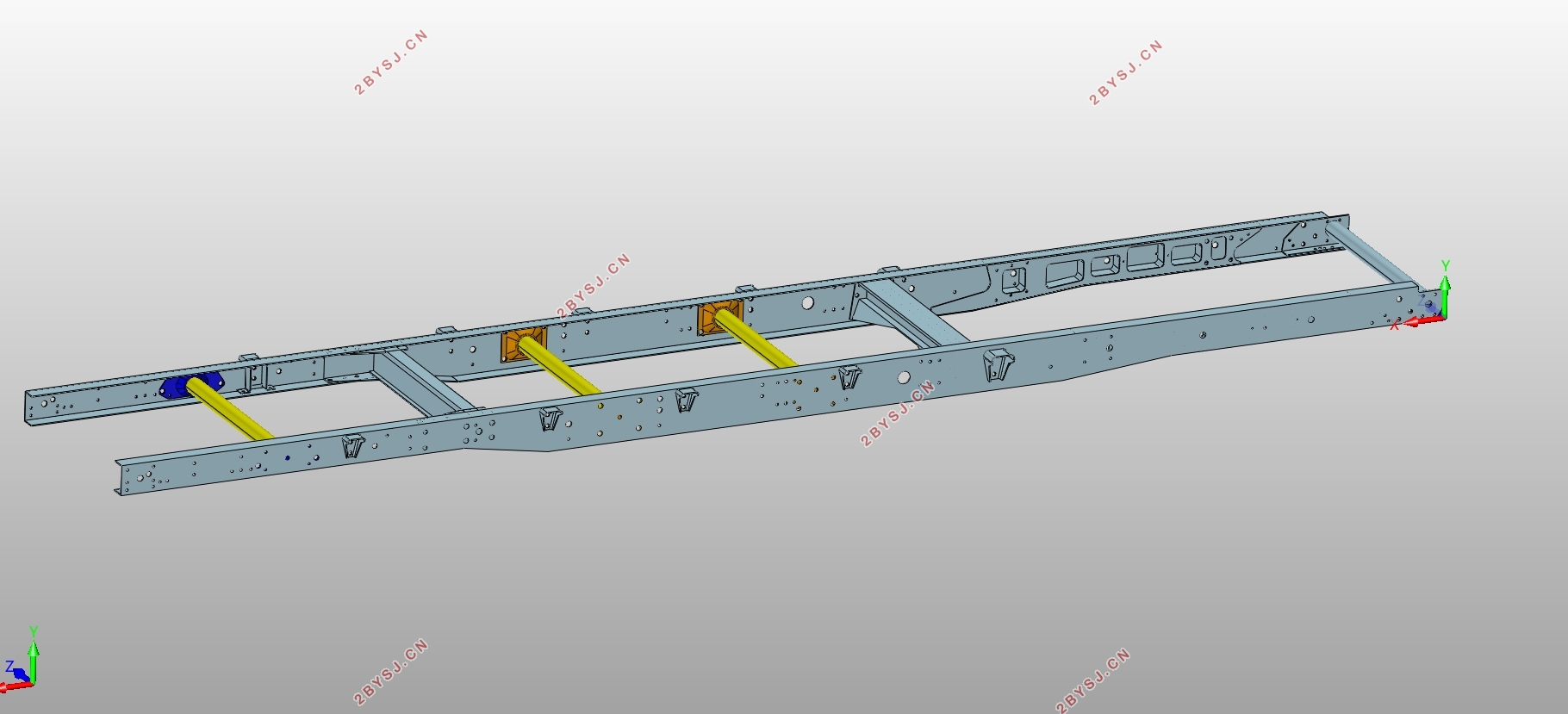
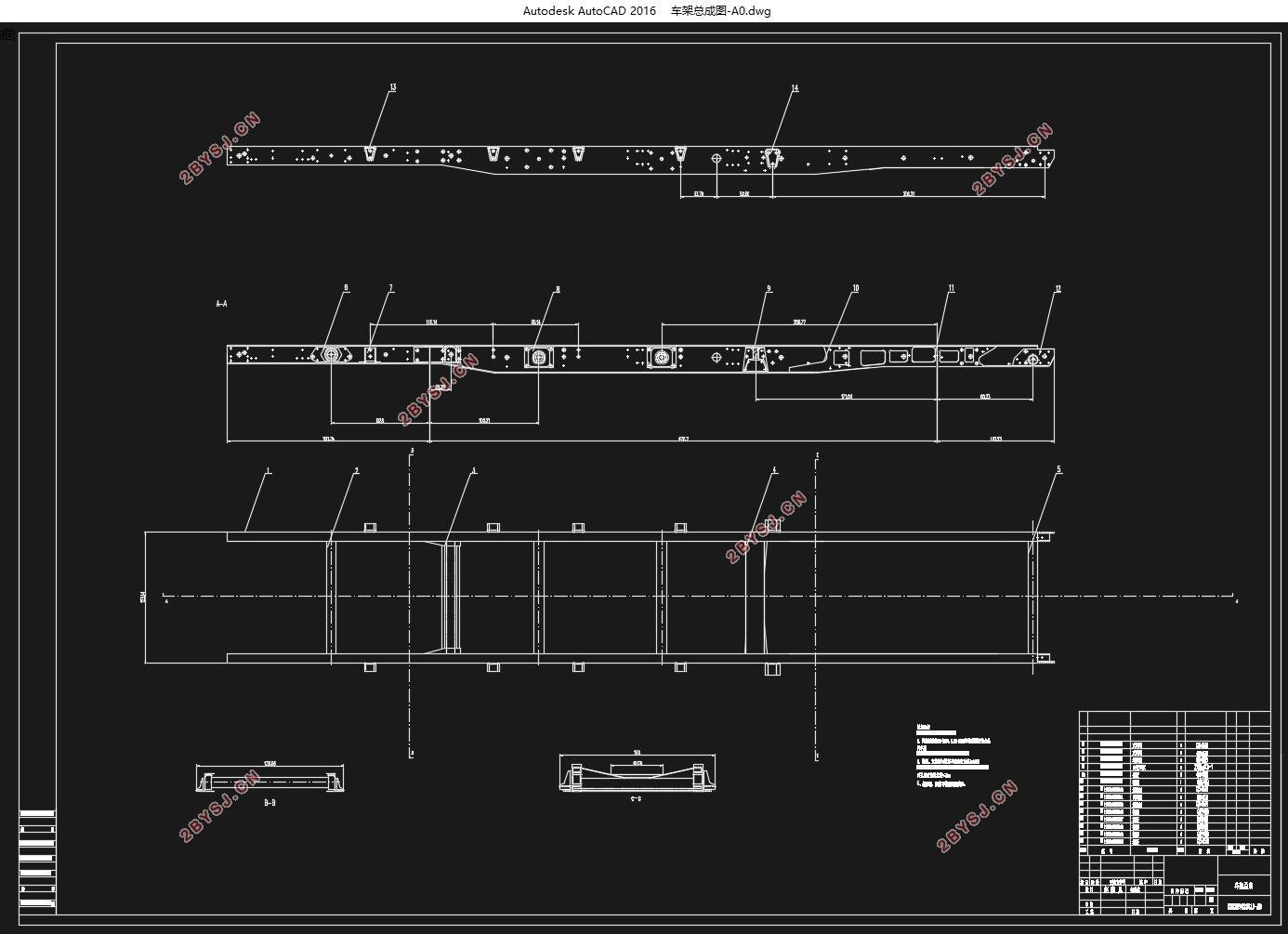
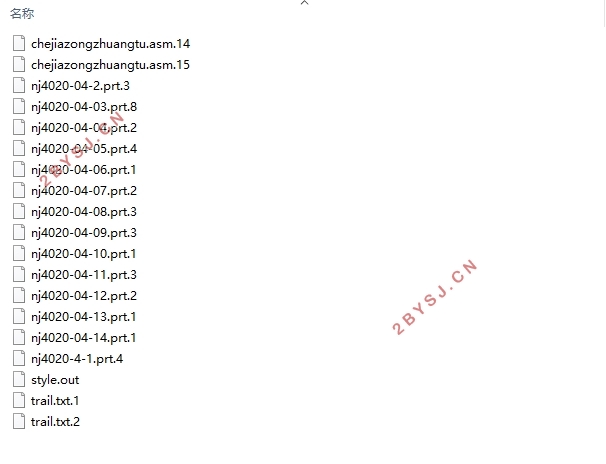

目 录
摘要 I
ABSTRACT II
第一章 绪论 1
1.1 背景及意义 1
1.2 国内外研究现状及趋势 1
第二章 整车基本型式的确定与各系统主要参数的选择 2
2.1 整车基本型式的确定 2
2.1.1发动机的种类和型式 2
2.1.2汽车的轴数和驱动型式 2
2.1.3轮胎的选择 3
2.2 各系统主要参数的选择 3
2.3 小结 5
第三章 汽车发动机的选型 6
3.1 发动机基本形式的选择 6
3.2 主要性能指标的选择 6
3.2.1发动机最大功率 与其相应的转速 计算 6
3.2.2 发动机最大转矩 与其相应的转速 计算 8
3.2.3发动机比功率 的确定 9
3.2.4发动机的适应性系数 10
3.3 小结 10
第四章 动力装置参数的计算与选定 11
4. 1 最小传动比的选择 11
4. 2 轮胎参数的确定 12
4. 3 最大传动比的选择 13
4.4 传动系挡数与各挡传动比的设计与选择 14
4.5 小结 16
第五章 整车动力性的设计计算 18
5.1 汽车在变速器各挡位时的速度特性 18
5.2 汽车各挡位的牵引特性 18
5.3 汽车各挡位的动力因素 20
5.4 汽车的各挡位最大爬坡度 21
5.5 整车的功率平衡 22
5.6 本章小结 23
第六章 汽车的燃油经济性计算 24
6.1 车等速行驶工况的燃油消耗量(mL/s) 24
6.2 汽车等速行驶工况的百公里油耗量(L/100km) 26
6.3 小结 27
参考文献 28
致谢 30
